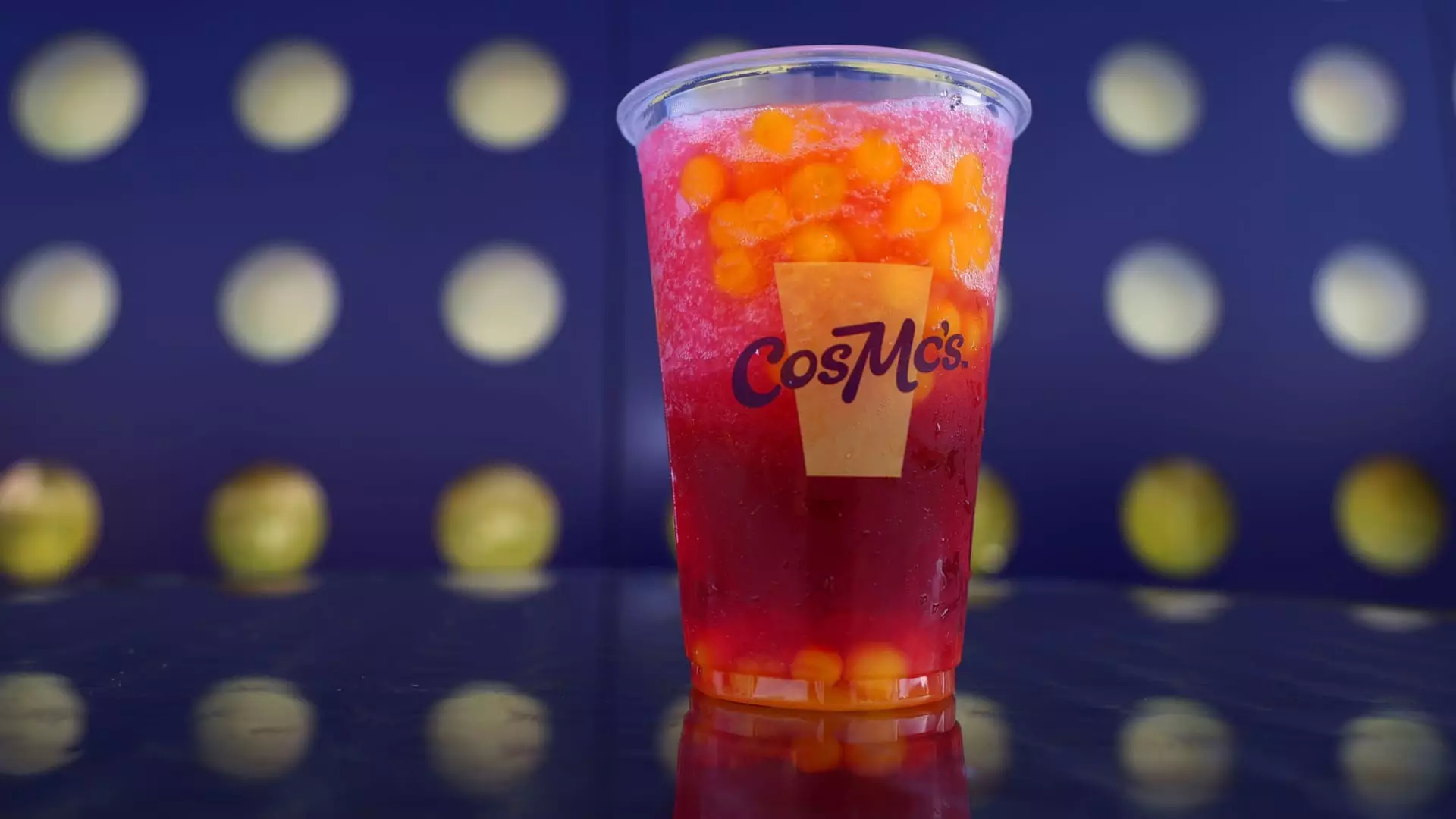In an era where convenience rules and consumer tastes are in flux, fast-food chains are pivoting significantly toward beverage innovation to connect with a younger demographic, particularly Gen Z. This demographic’s penchant for unique, attention-grabbing drinks spells an opportunity for chains like Chick-fil-A, Taco Bell, and McDonald’s to expand their offerings beyond traditional menu items. It’s a strategic move aimed at capturing market share, but also a reflection of changing taste expectations that can no longer be met with standard soda options.
These companies have been leveraging seasonal drinks and customized beverages, such as Chick-fil-A’s Pineapple Dragonfruit beverage or Taco Bell’s forward-thinking Live Mas Café concept. The emphasis on vibrant colors, exotic flavors, and high caffeine content is not just about selling refreshments; it’s about crafting unique consumer experiences that resonate in a market dense with options.
Understanding Gen Z: The Taste Shift
Today’s Gen Z consumers are exposed to an extraordinarily diverse array of flavor experiences, markedly different from previous generations. Their willingness to explore unfamiliar tastes opens up a new playing field for fast-food chains that are increasingly inclined to experiment. Flavors such as butterfly pea, ube, or yuzu are just a few examples of how some chains are stepping out of their traditional comfort zones. An impressive number of beverage-focused quick-service chains, as indexed by market research, are blooming in this environment, suggesting robust demand and potential for growth that brands aim to capitalize on.
Though some might argue that this trend lacks substance, dismissing it as a mere fad, the truth is that large chains are not simply slapping bold labels on sugary drinks and hoping for the best. They’re engaging in market research to align their offerings with Gen Z’s adventurous spirit while also addressing the millennial drive toward more sophisticated flavor profiles. The market is ripe for mango-pineapple matchups or coffee-infused agua frescas, speaking volumes about the dual nature of this trend—part culinary creativity and part savvy marketing.
Eco-Conscious and Health-Aware: A Balancing Act
However, there is an underlying scrutiny regarding the health implications of such sugary concoctions, even as Gen Z appears largely unfazed by calorie counts. This raises questions about corporate responsibility. Is it ethical for fast-food chains to position higher-sugar beverages as go-to refreshment when studies suggest excessive sugar consumption can have dire health consequences? The double-edged sword of this trend promotes indulgence but at the cost of consumer well-being.
Market analysts have noted that fixtures like bubble tea and “dirty soda” epitomize the consumer’s “little treat” mentality—balanced indulgence that allows for splurging even in small amounts. Fast-food giants capitalize on this by accentuating the delightful, fun aspect of these beverages, even as nutritional truths linger in the background.
Here lies a critical opportunity for brands: they can innovate not only by flavor but also in healthy alternatives, perhaps by introducing organic or low-calorie versions of these cult favorites. This effort could align with the growing movement advocating for better health standards and transparency, ultimately appealing to both younger audiences and their increasingly health-conscious parents.
Profit Potential: Drinks as the Future of Growth
For many fast-food chains, the financial incentive for expanding beverage menus must not be overlooked. Historically, drinks have offered significantly higher margins than food, making them a lucrative focal point for growth. Companies like Wendy’s are diving deeper into this territory, seeking to increase drink add-ons to overall orders, as shown by a startling 30% of their customers who opt for food alone without beverages.
This push to innovate isn’t merely about aesthetic or social trends; it reflects economic necessity. The cost of soft drink carbonation systems often pales in comparison to ingredient costs for new menu items, leading chains to strategically prioritize drinks. When a new beverage can be introduced with minimal changes to existing infrastructure, there lies a compelling clarity for chains aiming to maximize profits with lower investment risks.
Moreover, as chains like El Pollo Loco embrace flavors like horchata and coffee mashups, they demonstrate the flexibility of the beverage category as an experimental playground. The landscape is evolving, revealing it’s not just about ordinary drink offerings anymore; it’s about inventing exceptional experiences that can distinguish one brand from another.
Innovation as the New Restaurant Currency
The mainstreaming of drink innovation affirms an essential reality for fast-food chains: beverages are becoming new restaurant currency. Each unique offering not only drives sales but strengthens customer loyalty, specifically among younger consumers who increasingly view food choices as extensions of their identity. Beverages deliver flair and flair delineates brand personas, differentiating the ordinary drive-thru experience from something extraordinary.
As brands continue to evolve, knowing that they must cater to changing tastes while remaining conscious of health concerns is paramount. The wager on beverage innovation is risky but feels calibrated for rewarding returns, resonating with a generation poised to make larger impacts on purchasing behavior long into the future. Fast-food isn’t just about quick meals anymore; it’s becoming a vibrant landscape filled with curated beverage experiences that reflect and shape our increasingly diverse culture. This brave new world introduces thrilling challenges and opportunities alike, fueling competition while demanding accountability.

